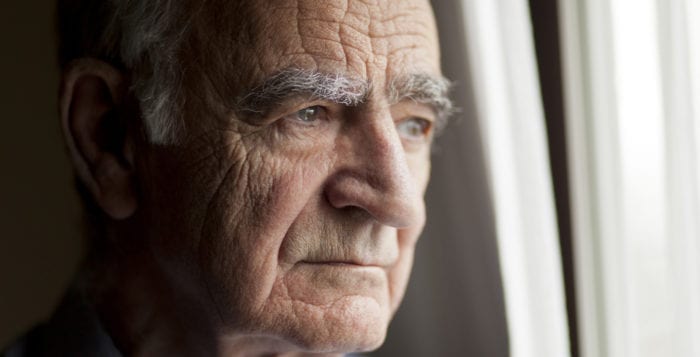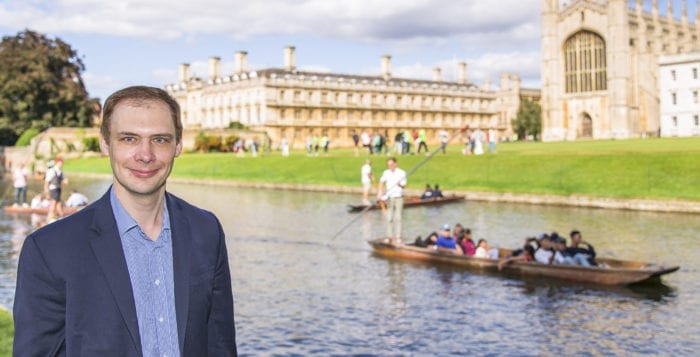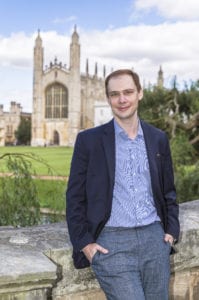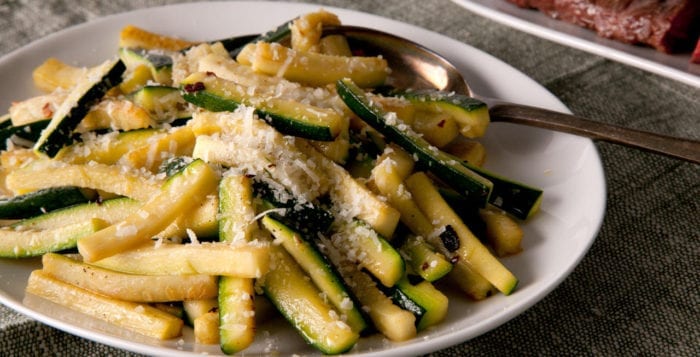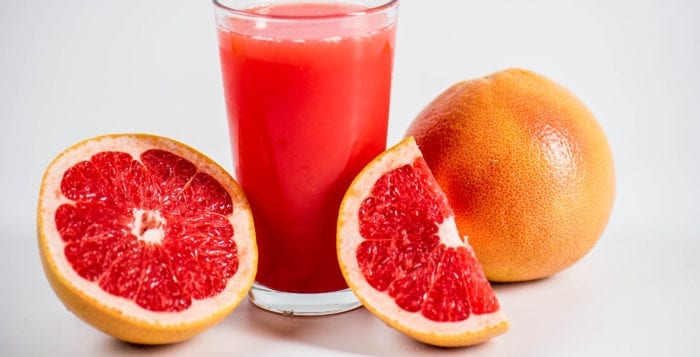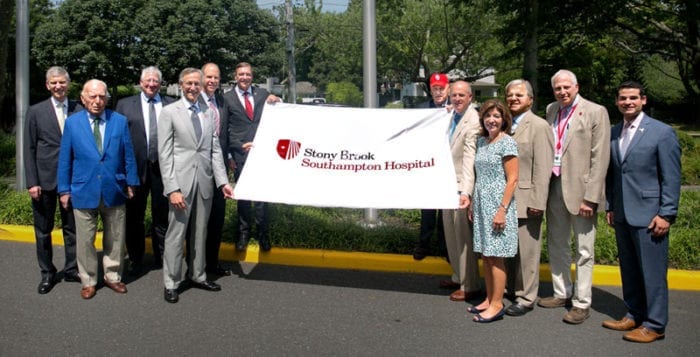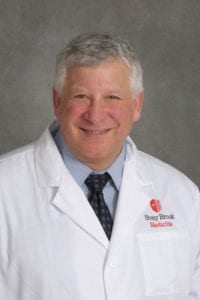By Fr. Francis Pizzarelli

By mid-August most of our college-age students are winding down summer jobs and getting ready for the new semester. We have local college students studying at some of the finest colleges and universities in the country and around the world.
There is another group of college students getting ready for the new semester. They are the freshman class of 2017. A large group of college freshmen will commute to Stony Brook University and the other four- year schools here on Long Island.
A growing number of college students will attend the best-kept secret in higher education — Suffolk County Community College. I have had the privilege of teaching at SCCC for more than 30 years in the social science department as a professor of sociology.
I have met some of the finest college educators in the country there. I’ve also been privileged to work with some of the finest students in higher education. So many of them while at Suffolk lay the foundation for an extraordinary future. They are our future civic leaders, our doctors, our nurses, our business leaders, our lawyers, our scientists, our teachers and our social workers to name a few professions.
Many of our Suffolk graduates go on to some of the finest colleges and universities in the country and around the world and make profound contributions to science, technology and research.
As we are being challenged to reorder our priorities, education must remain at the top of that list, and SCCC needs to be supported as one of the greatest educational treasures in our community.
With every new freshman class, parents struggle with anxiety and intensified worry about their children; they are reluctant to cut the umbilical cord. The landscape for college freshmen is much more complicated and challenging than ever before. Whether you go away or stay home, college is not high school. Responsibility and accountability are critical for success!
Your professors will assist you academically and personally, if you are committed to the learning experience. They will not coddle you or tolerate reckless irresponsibility. Many professors will have an attendance policy and only if you are in a coma, will you be excused for missing class. Cutting usually impacts your final grade.
Choice is another challenge. You choose to go to class or to skip. Every class you cut roughly costs you a little more than $100 from your tuition. It’s a choice to stay out all night if you’re away at school and not get up and get to class on time.
Drugs and alcohol are present on every college campus, no matter what the school’s public relations department says. It’s a choice to overindulge and to act recklessly.
Most colleges and universities have wellness centers that provide a wide range of confidential mental health services for students. They have trained professionals that work with students to develop the appropriate skills to navigate the stresses of college life and when necessary make appropriate referrals for additional care and support.
Many public and private colleges across the country have campus ministry offices that provide a wide range of spiritual support services for students of every religious tradition and usually a wide range of community service opportunities.
Parents, when you have your pep talk with your college freshmen, encourage them to use all the support resources available when they are attending school. Dispel the stigma from reaching out for support when they might feel overwhelmed or even frightened. It’s natural and normal. It’s how they embrace their feelings that will make all the difference.
The college experience is an exciting adventure that encourages all students to open their minds — become critical thinkers and to move beyond the limits of their comfort zone. College can and should be a transformative and life-changing adventure.
Fr. Pizzarelli, SMM, LCSW-R, ACSW, DCSW, is the director of Hope House Ministries in Port Jefferson.


